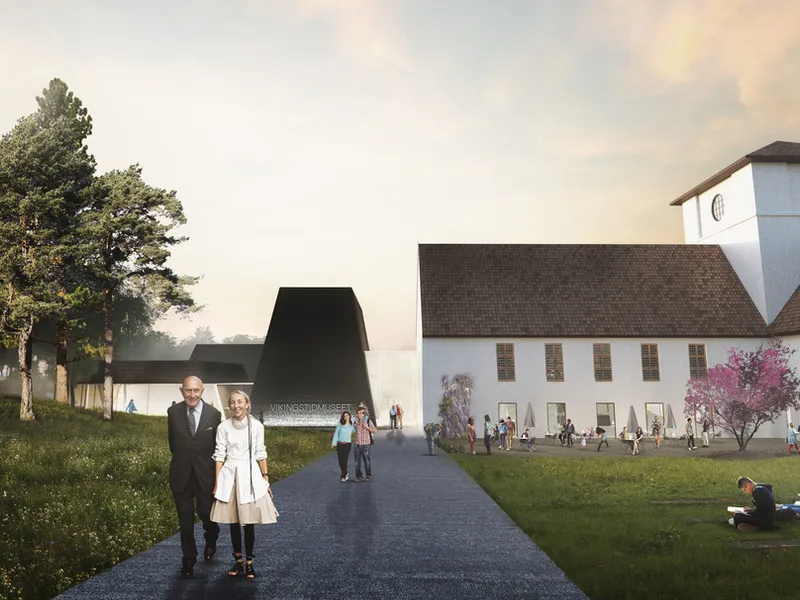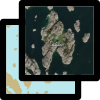For å se all data på denne siden må du lage en bruker eller logge inn
Saving Oseberg: Viking Ship Museum Revival
Beskrivelse: Architectural proposal for a modernized Viking Ship Museum in Bygdøy, Oslo, embracing heritage and innovative design. Les mer ↧
Verdi og størrelse
11000 kvm
Miljøsertifiseringer
Ingen registrerte
Hva skal bygges?
Aktører
 Arkitekt
Arkitekt
 Rådgivende ingeniør
Rådgivende ingeniør
 Entreprenør
Entreprenør
 Underentreprenør
Underentreprenør
Klikk på aktørene for å se kontakter
Nøkkelord
Fase: Usikker
Bilder
Oppdateringer
1. Jan 2000
- Totalt areal lagt til: 11000 kvm
- Marit Justine Haugen lagt til som kontakt for Haugen/Zohar Architects
- Dan Zohar lagt til som kontakt for Haugen/Zohar Architects
- Statsbygg lagt til som Byggherre
Byggekamera
Har dette prosjektet et byggekamera?
Send oss en link på olav@pekeberg.com,
så legger vi det til her.


 BuildPilot
BuildPilot

 Byggherre:
Byggherre: 







